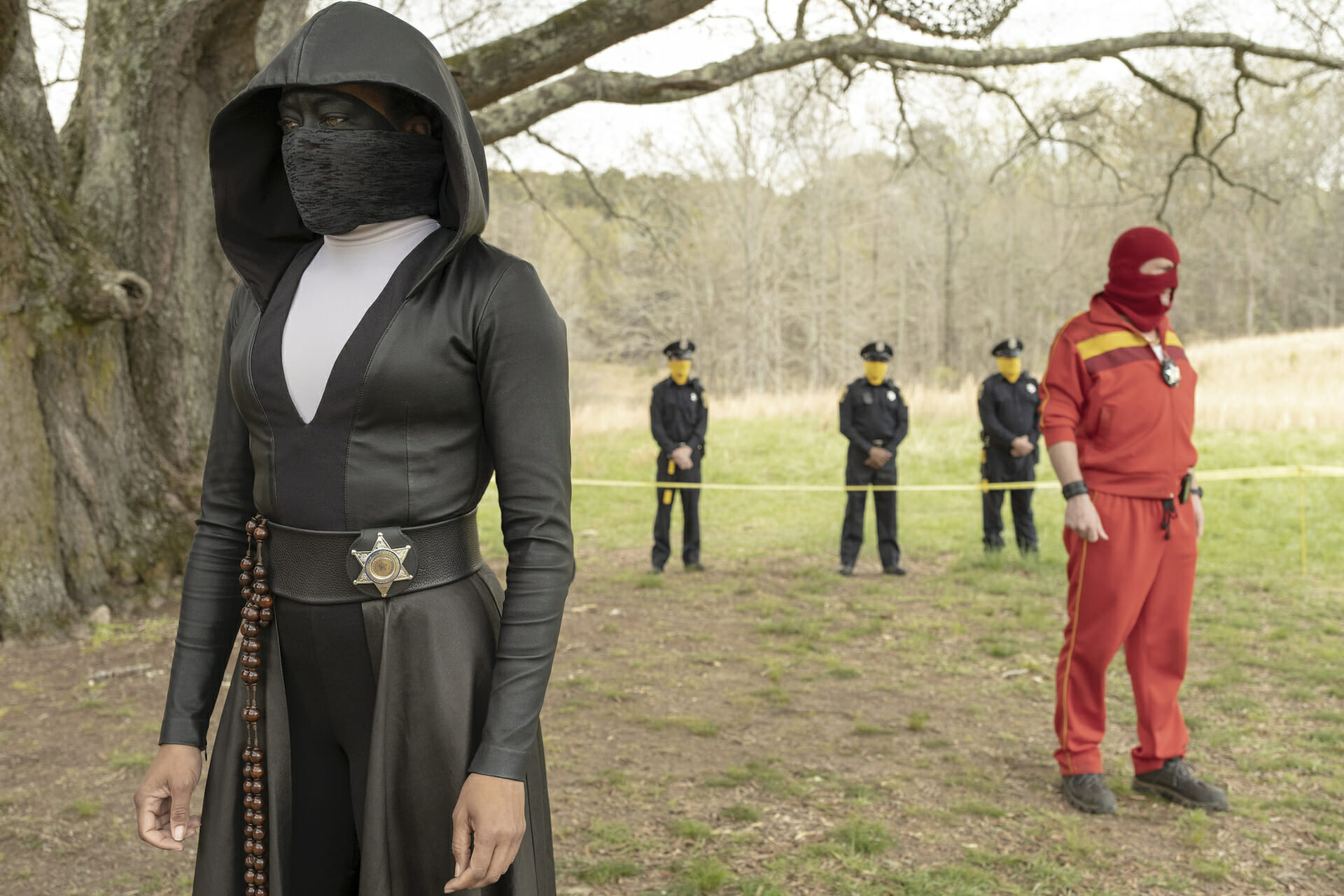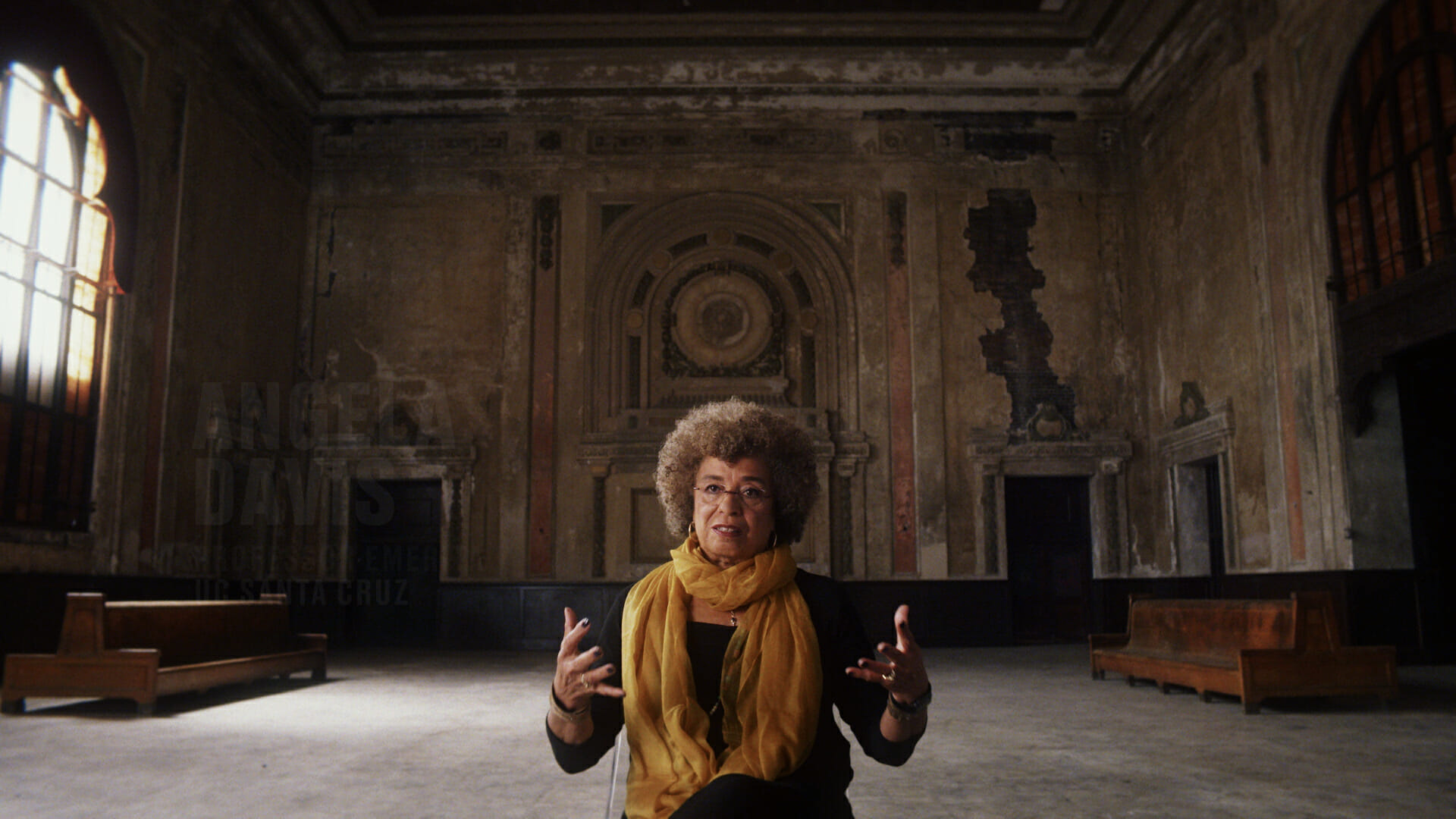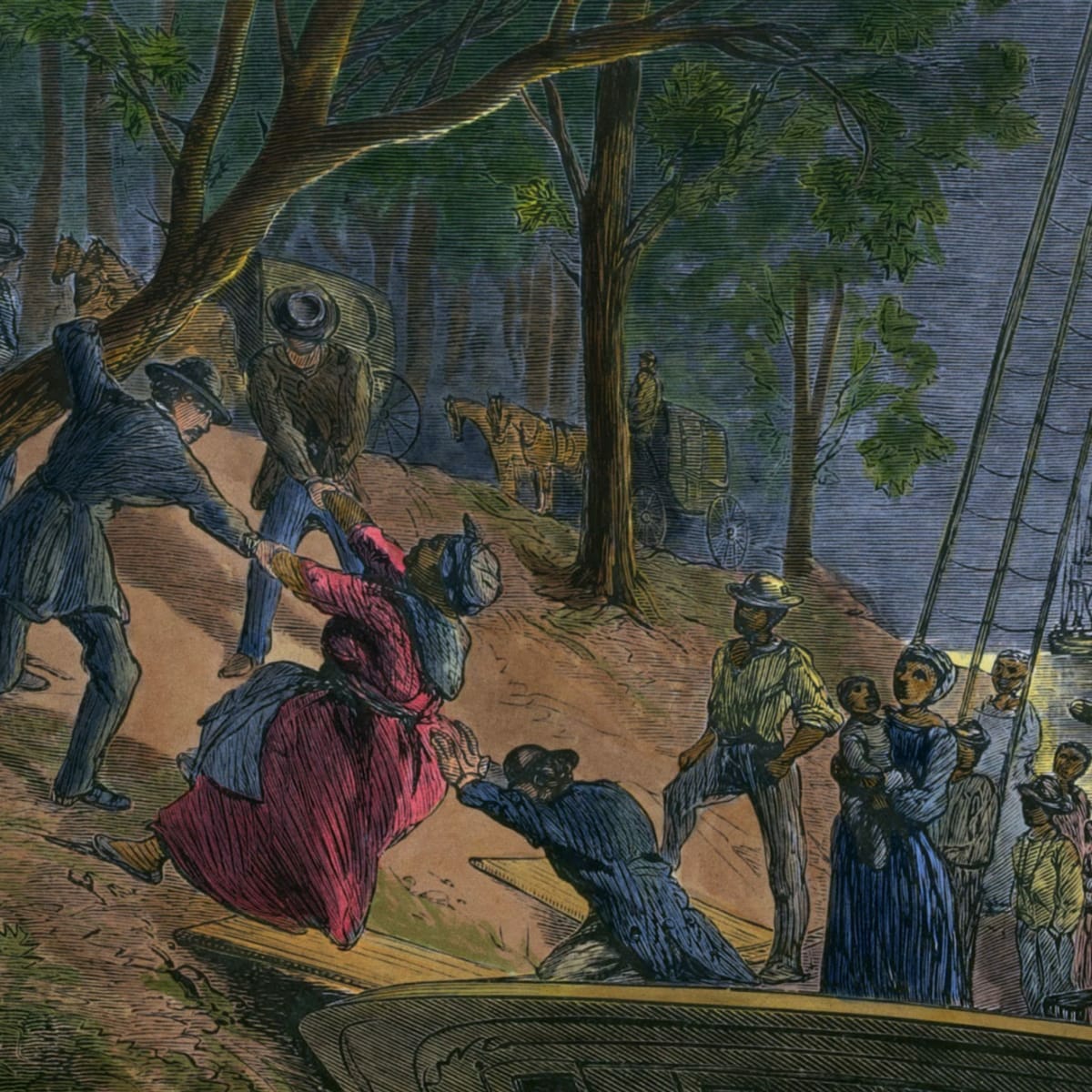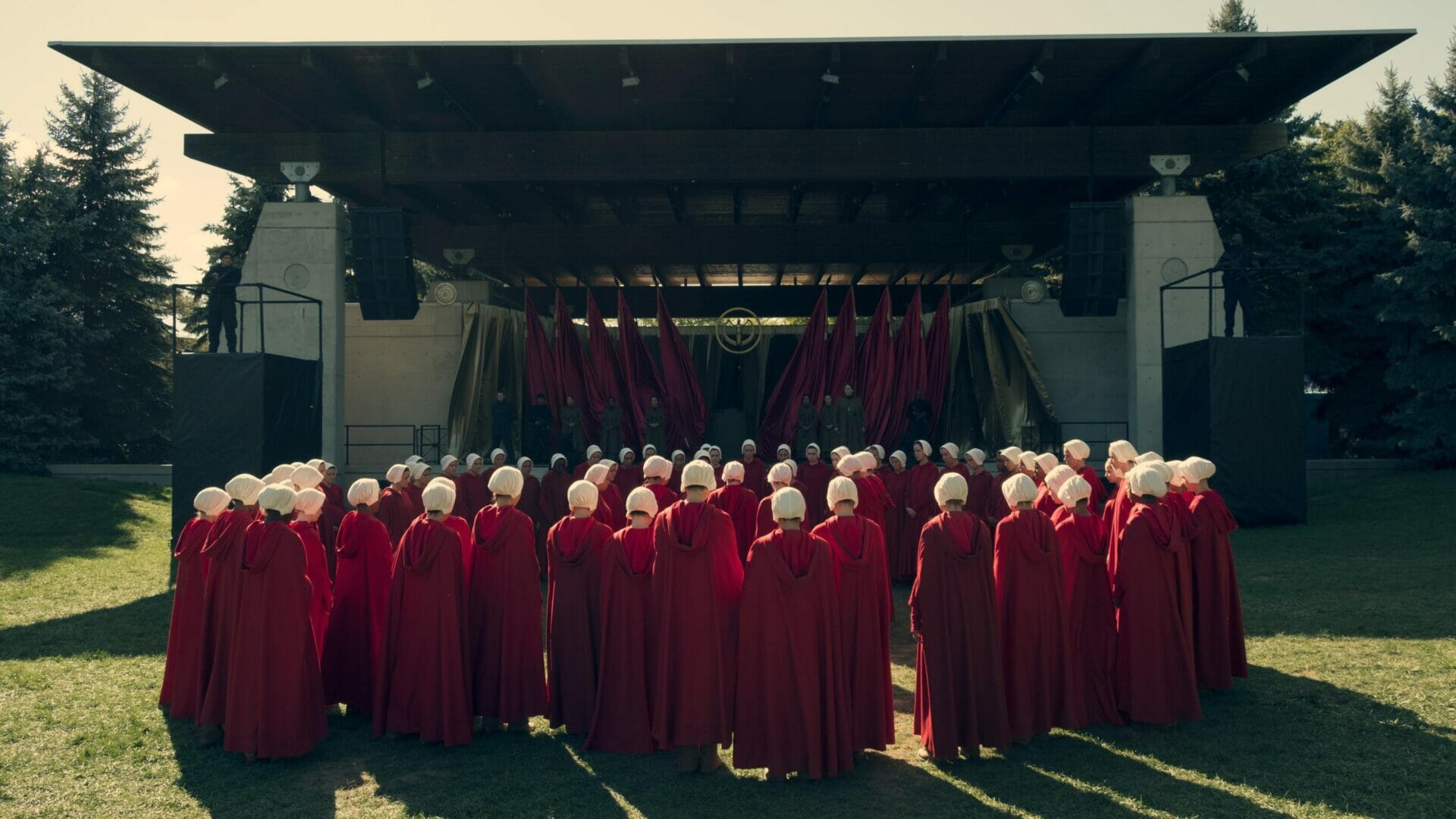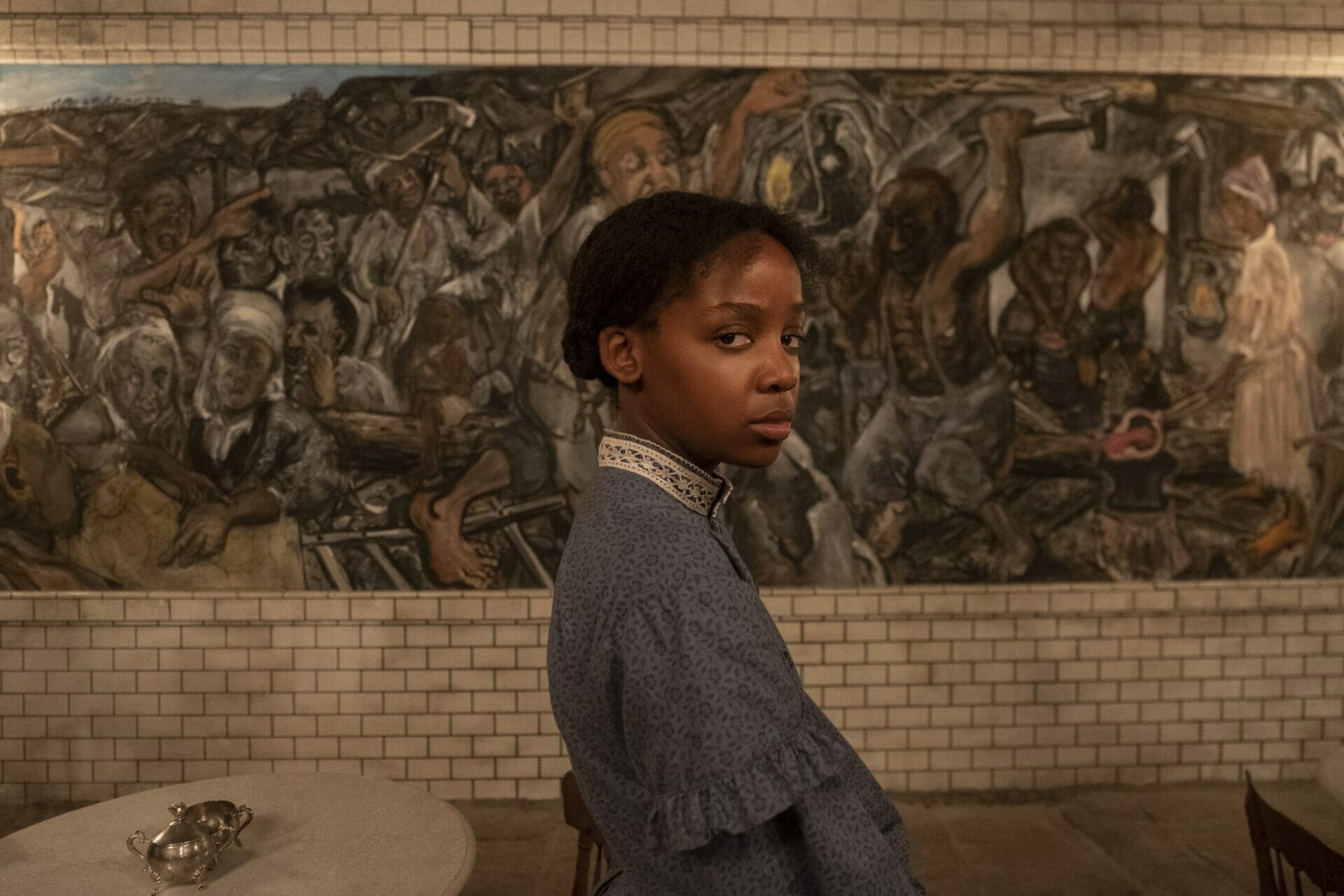
The Underground Railroad | On the screen
Creator
Director
Year
Country
Seasons
Runtime
Genre
Subgenre
Music by
By
History lesson. Two professors tell their classrooms about the Underground Railroad. It was an American secret network that freed thousands of enslaved people in the 19th century. A few years apart, in two different parts of the States, two kids believe it’s an actual railroad.
One of them was Pulitzer Prize-winner Colson Whitehead, who built the novel The Underground Railroad around this idea. The other was the Oscar-winning author Barry Jenkins, who turned it into a miniseries. It was produced and released by Amazon in 2021.
The Underground Railroad, both a faithful and original adaptation, is co-produced by Brad Pitt’s Plan B and received seven nominations at the 73rd Emmys. It certainly has the merit of making a compelling story accessible to a viewing skilled but hardly-reading audience.
A story of slavery and female affirmation
Deep South, mid-nineteenth century. Cora (Thuso Mbedu), a brave and strong young woman, is held in slavery on a cotton plantation. One day, she manages to escape through an actual Underground Railroad. On this journey, she discovers the many faces of racism, inequity, and violence. But also, the power of solidarity and the importance to retrace her own meaning of motherhood.
Although dealing with different themes, the comparison to The Handmaid’s Tale is pretty direct. But Jenkins’ work certainly leaves an additional mark: he builds a reflection on the roots and nuances that racial discrimination has taken on in current times.
The fantastic bring out the real
Jenkins’ touch and sensitivity succeed in translating on-screen the magical realism created by Whitehead’s pen. The director of Moonlight and If Beale Street Could Talk conveys dreamlike elements into a mix that brings out historical truth. Part of the series’ success is due to a perfect balance between imaginative and surreal atmospheres. But nevertheless, to realistic scenes of sorrow and suffering. Underground stations, ferocious executions, and desperate escapes take turns. But when this succession becomes literal – through a train – it shifts more than two centuries of history from the chronological level to a geographical one.
Fiction has become a decisive tool to address complex issues such as slavery and racism. Something that was recently seen in Damon Lindelof‘s Watchmen and Ava DuVernay‘s 13th. In this case, like in Yaa Gyasi’s novel Homegoing, the fictional elements delicately mingle with historical reality.
Details make the difference
The Underground Railroad is striking in its attention to detail. Jenkins teams up with a group that has been working side by side since his early successes. James Laxton’s photography creates at times idyllic, at times disturbing atmospheres. Nicholas Britell’s work on sound has a double effect: some songs build the core of a magical scenario, while others have the task of breaking it up.
As stated by the director in this interview, the soundtrack has an almost therapeutic function for the audience. It tries to guide them through this immersive journey. The numerous and poignant close-ups are also intense. They increase involvement and stimulate response through emotions, more than logic.
Even the psychological implications have not been overlooked. Due to the emotional impact faced on set, counselors and therapists were always available for assistance. In The Underground Railroad, not a single detail was taken for granted.
Tag
Buy a ☕ for Hypercritic







